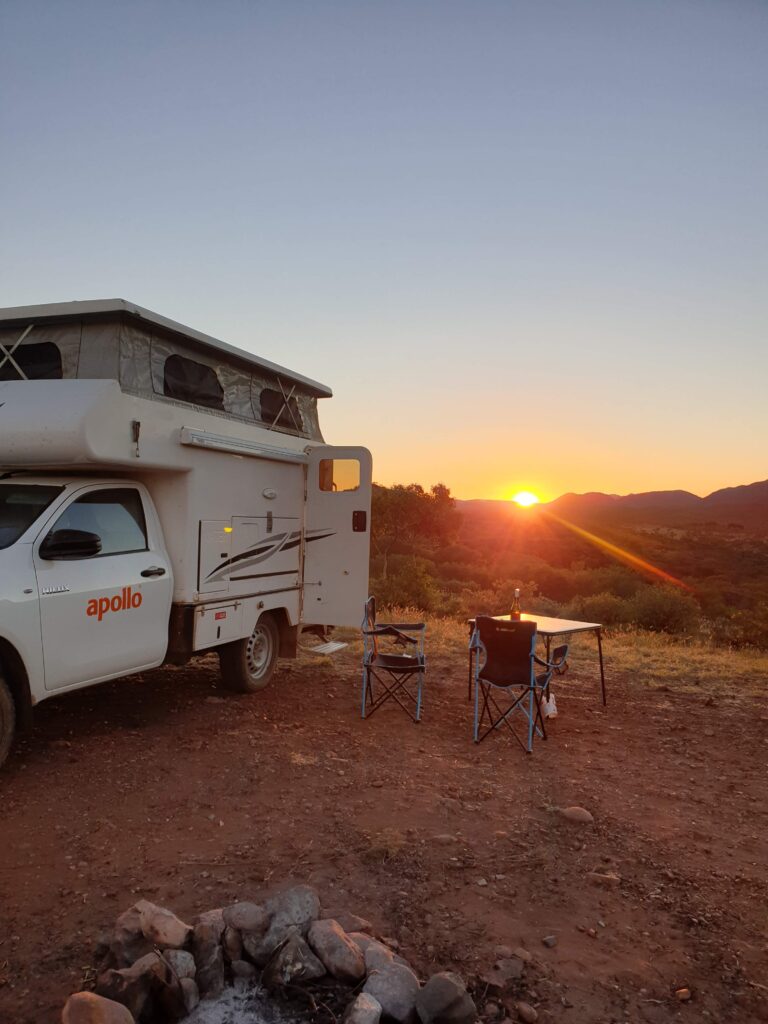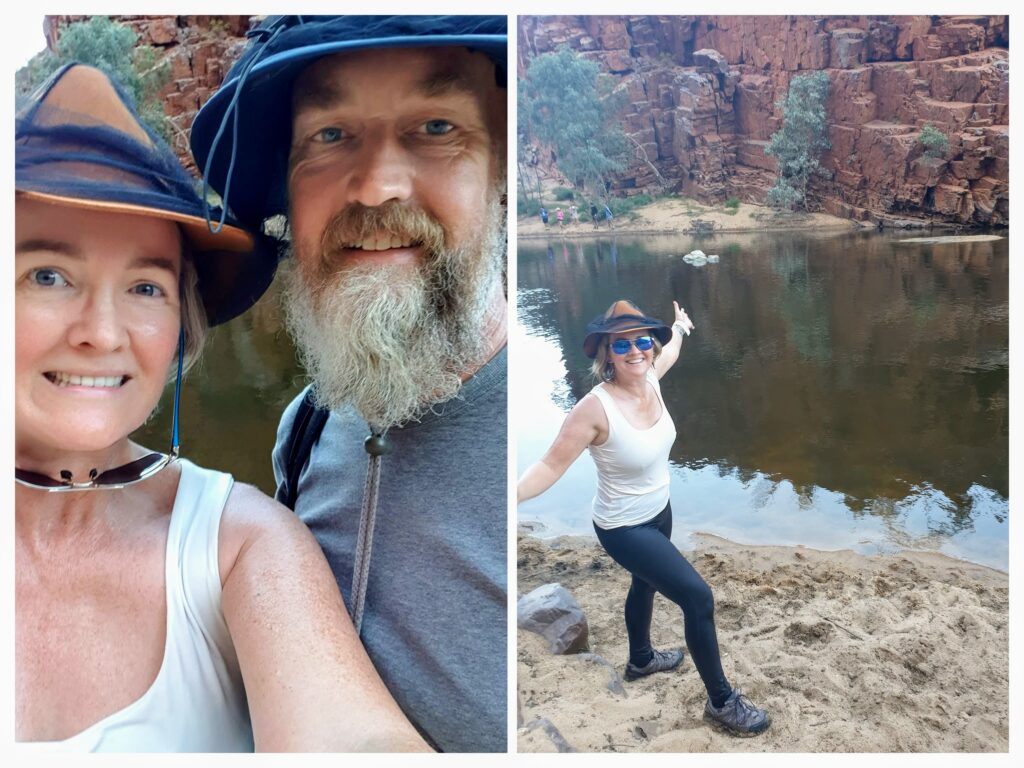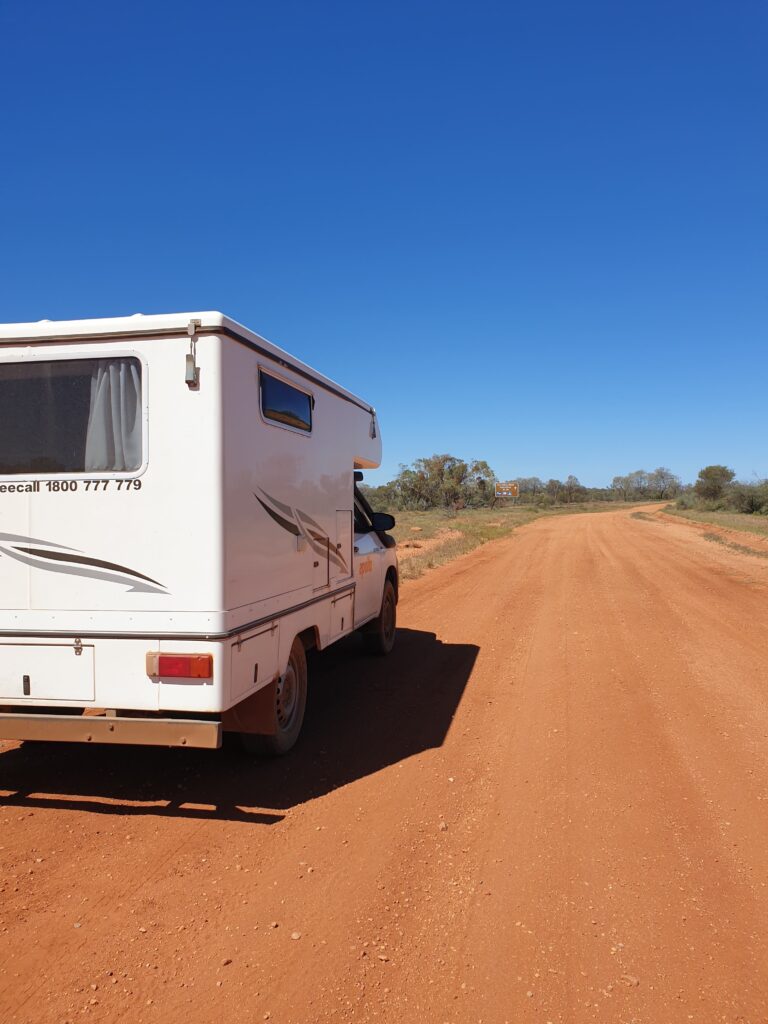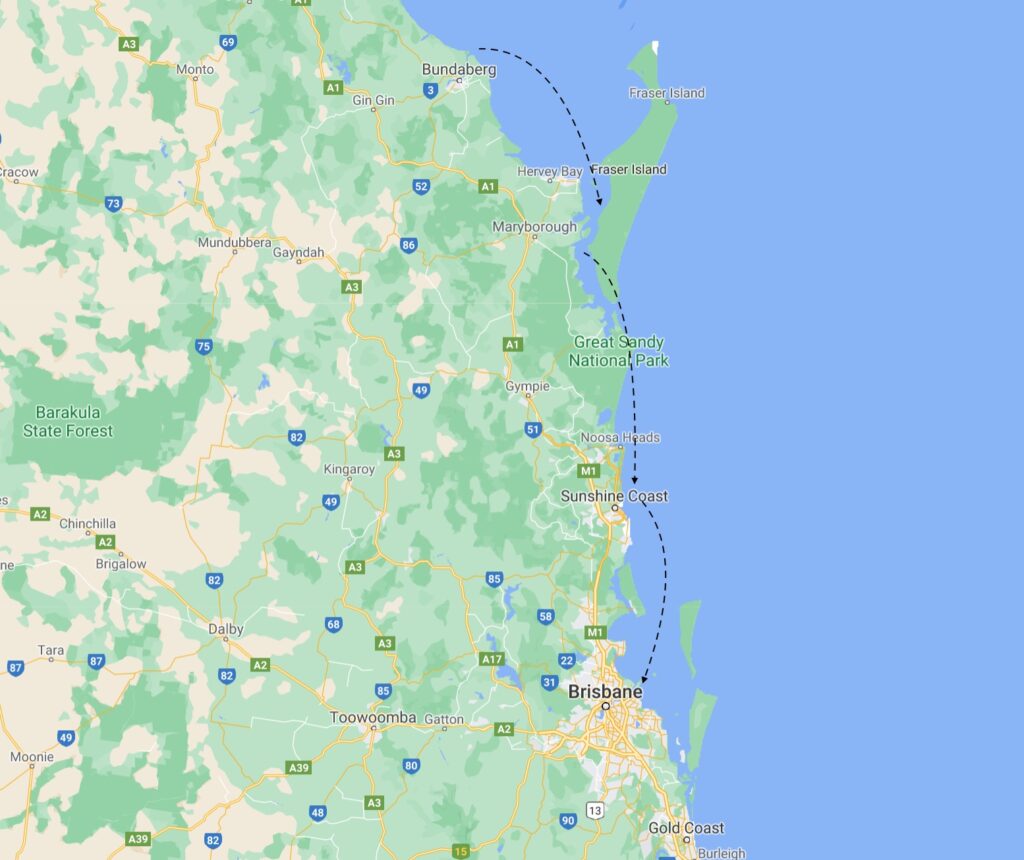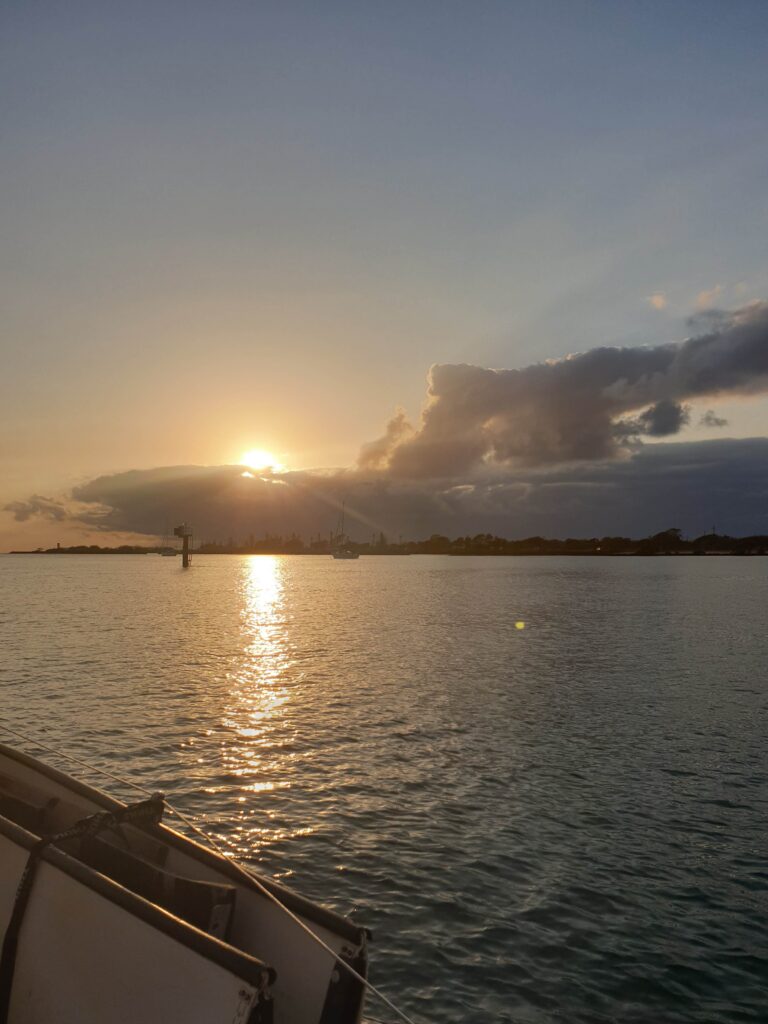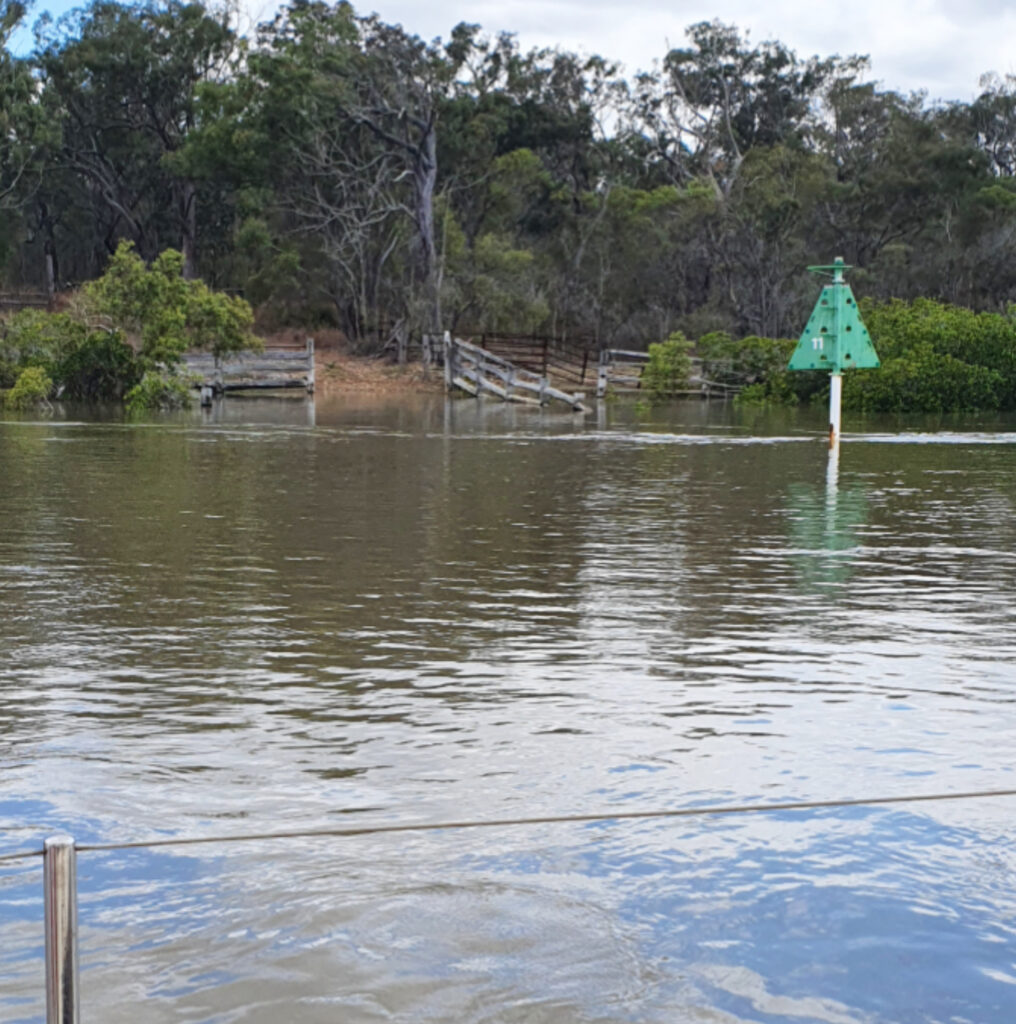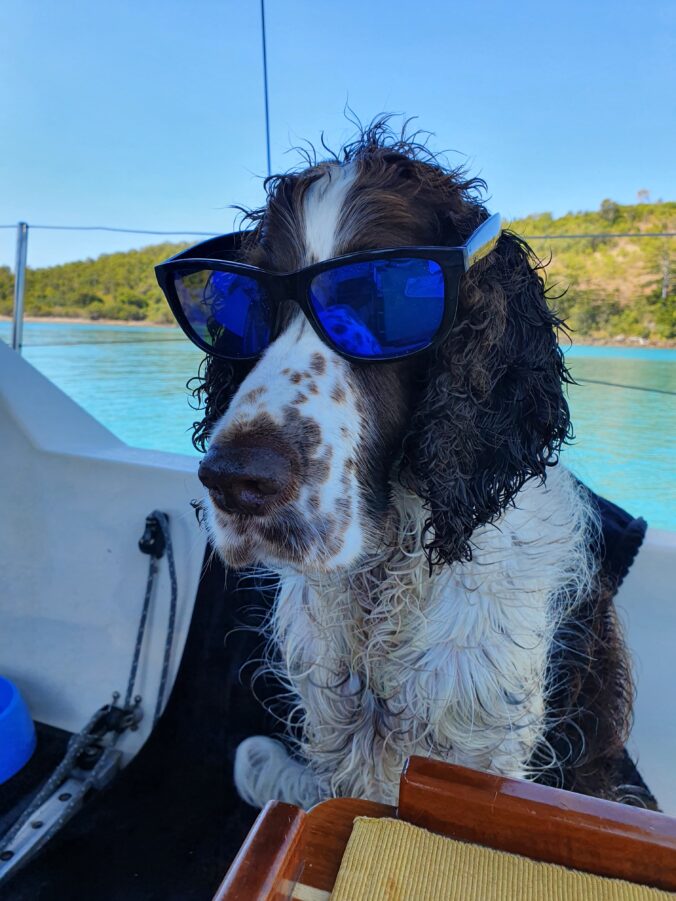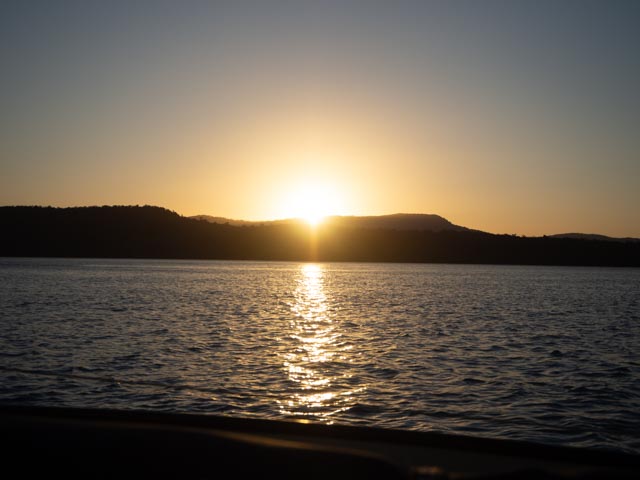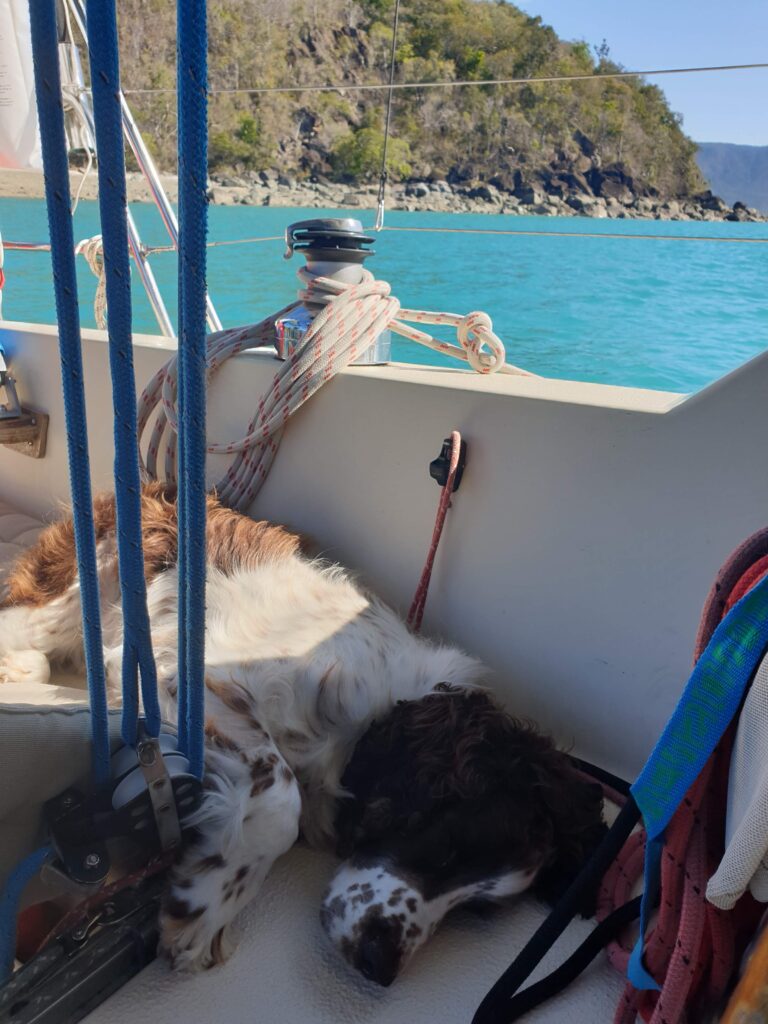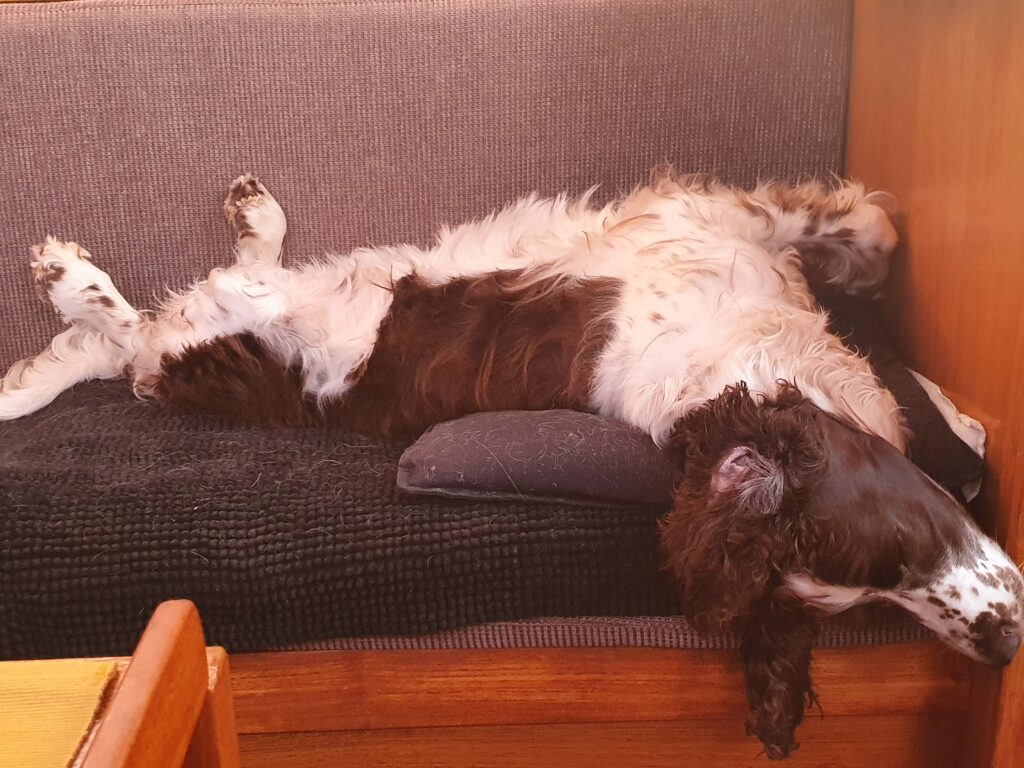
By Fi
When we last left off, we were just about to head on to the Mereenie Loop Road – a permit only, unsealed stretch of road leading from the west side of the West MacDonnell Ranges, to Kings Canyon. It had varying reviews as to the road conditions, and we had a vehicle that we knew could do it, but the choice was – could we? Yes, is usually the answer in these situations, so off we went, west from a little town called Hermannsburg where we had stopped for a little look and our permit to drive the road.
Our “shortcut” would take us about 3 hours, and would include 200 or so kilometres of corrugations, bolting brumbies, corrugations, amazing scenery, corrugations, more brumbies, corrugations… (if you don’t know what corrugations are, then you are lucky – they are the bone jarring bumps that form in unsealed roads after a time of cars driving over it). So it was a little bone rattley, but Adrian handled ALL the driving like a trooper (I made a note to offer to drive in these situations…), and we stopped at a roadside camp on the top of the escarpment right, at the end of the loop in order to watch the sunset and get some still time, ready for some walking the following day at Kings Canyon.

It was totally fine temperature the day we chose to complete the Kings Canyon rim walk – they do close it when the temperatures get high as it is very exposed to the sun. This part of the world is just stunning and the tourist numbers certainly talk to its majesty. Its not short of beauty, or people! First off on our walk, a huge stair climb and passing people, before wandering over the top of the gorge, admiring views, plant life, bird life and the huge stony structures created by thousands of years of water and weather.
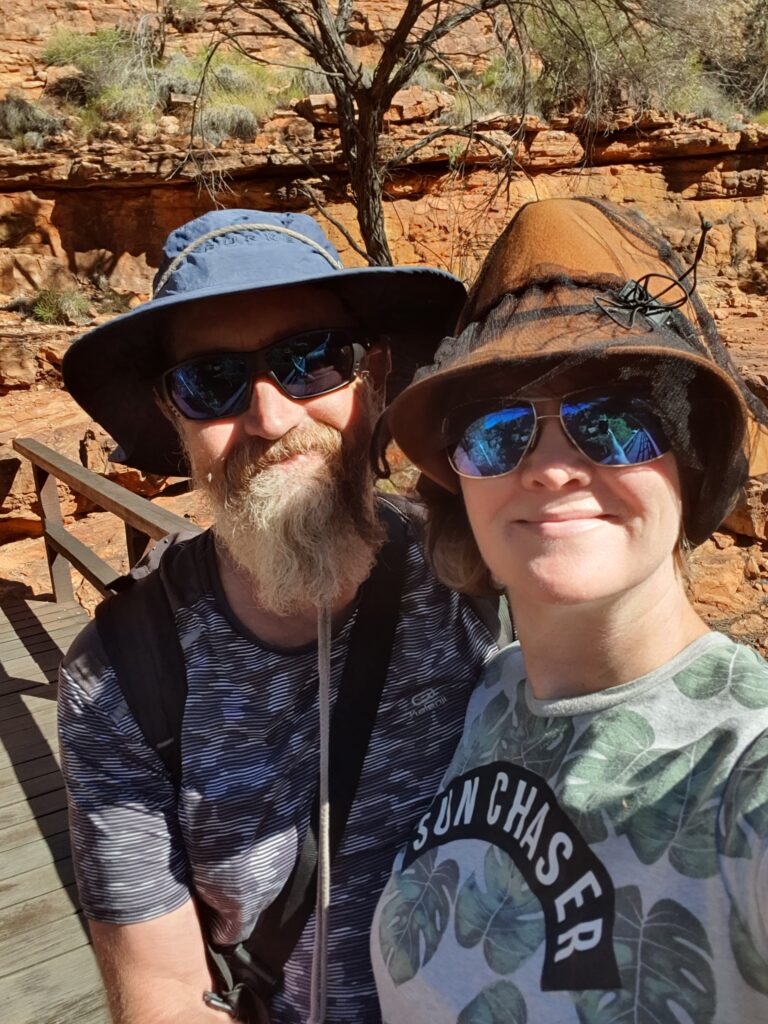
I must admit, we are on a little bit of a timetable and there is a lot to see, so once we had completed our walk, we reapplied the calories with some pizza, jumped back in the van, and drove south to Uluru. We arrived at Yulara (the Uluru “resort town”) a few hours later just in time to grab a spot in the campground, and then head out for a sunset viewing of the famous rock. No time for stopping on this trip! Here are our happy faces part way through our first adventure of the day at Kings Canyon.
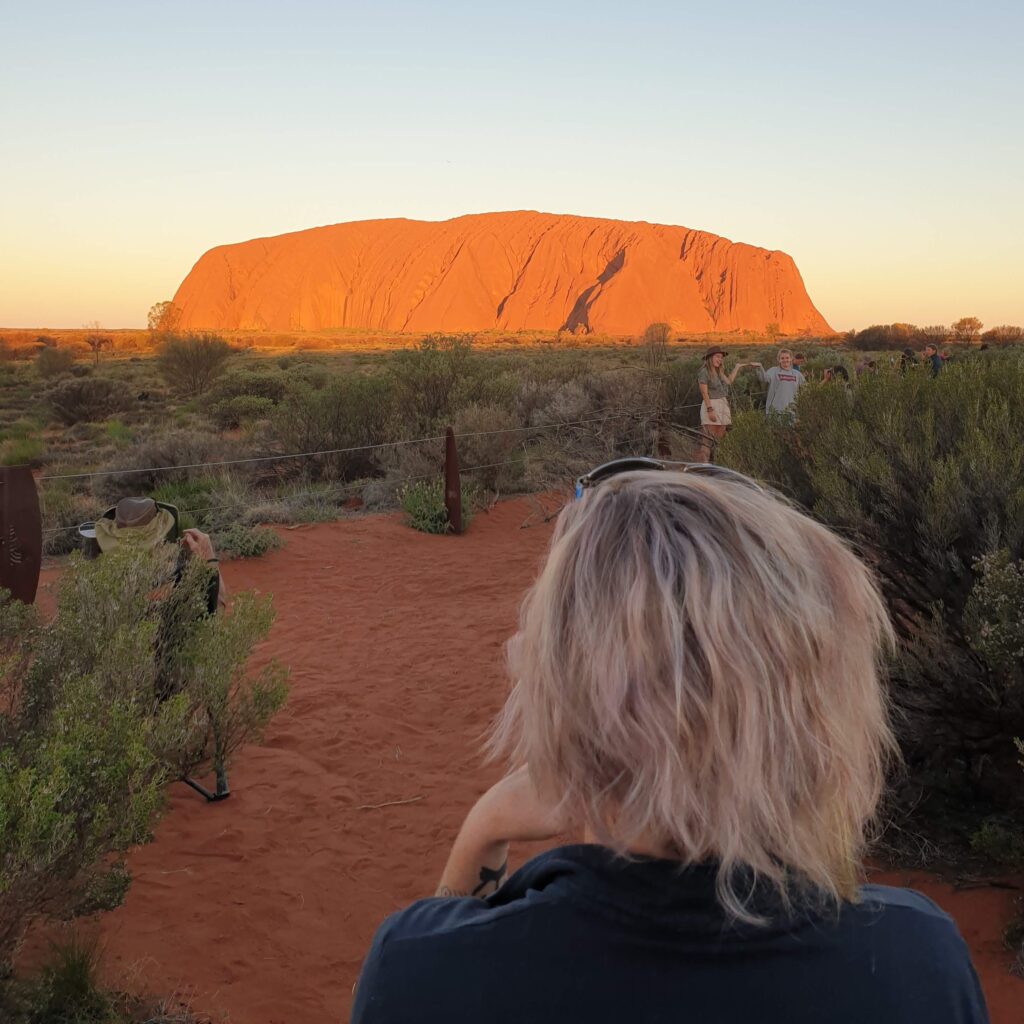
Adrian had been here before, so he knew what to expect, but I didn’t! As we rounded the corner and over the small hill that revealed Uluru for my first ever view, I was gobsmacked and just said “Wow” a million times. I didn’t realise how big it really is, and what a presence it has.
Non-alcoholic sundowners were had (if you are seeing a theme of no alcohol, you’re correct – we’re off the booze for a while) and we headed on back to our allocated campsite for the night.
I’m sure you’ll excuse my unwashed, unbrushed hair in this picture – must admit, not a priority – but I’m sure you’re not looking at that.

Walking was again on the cards for the next day – EXCEPT we needed to do the sunrise at Uluru too, so after a decent sleep, we were off back to the rock for coffees, sunrise, and then to do the base walk. Again, awestruck, I walked around the base of this amazing structure, and took a lot of photos. Dreamtime stories abound as does the history and the connection of this place to the Traditional Owners.
Enjoy a few extra piccies of this world heritage listed site.



But its not all just about Uluru at the National Park, there is also Kata Tjuta (The Olgas), and keen to also see this imposing landmass, we drove over to Kata Tjuta on our third and last day in the park, walking the shorter, but no less spectacular gorge walk this time, as the tootsies were telling me they would like a little break.

As much as we could spend a lot more time here, doing all the walks and eating at the restaurants and seeing the cultural displays – our tick tocking timeframe called, and we knew we had some serious driving ahead of us on our next leg. The Mereenie Loop had not put us off driving on unsealed roads, and so we were to complete part of “Australia’s Longest Shortcut” and drive over the Great Central Road (also called the Outback Way) from Uluru, past the Docker River, through Warburton and finishing at Laverton. I’ll hand over to Adrian and his amusing prose for that blog 🙂








